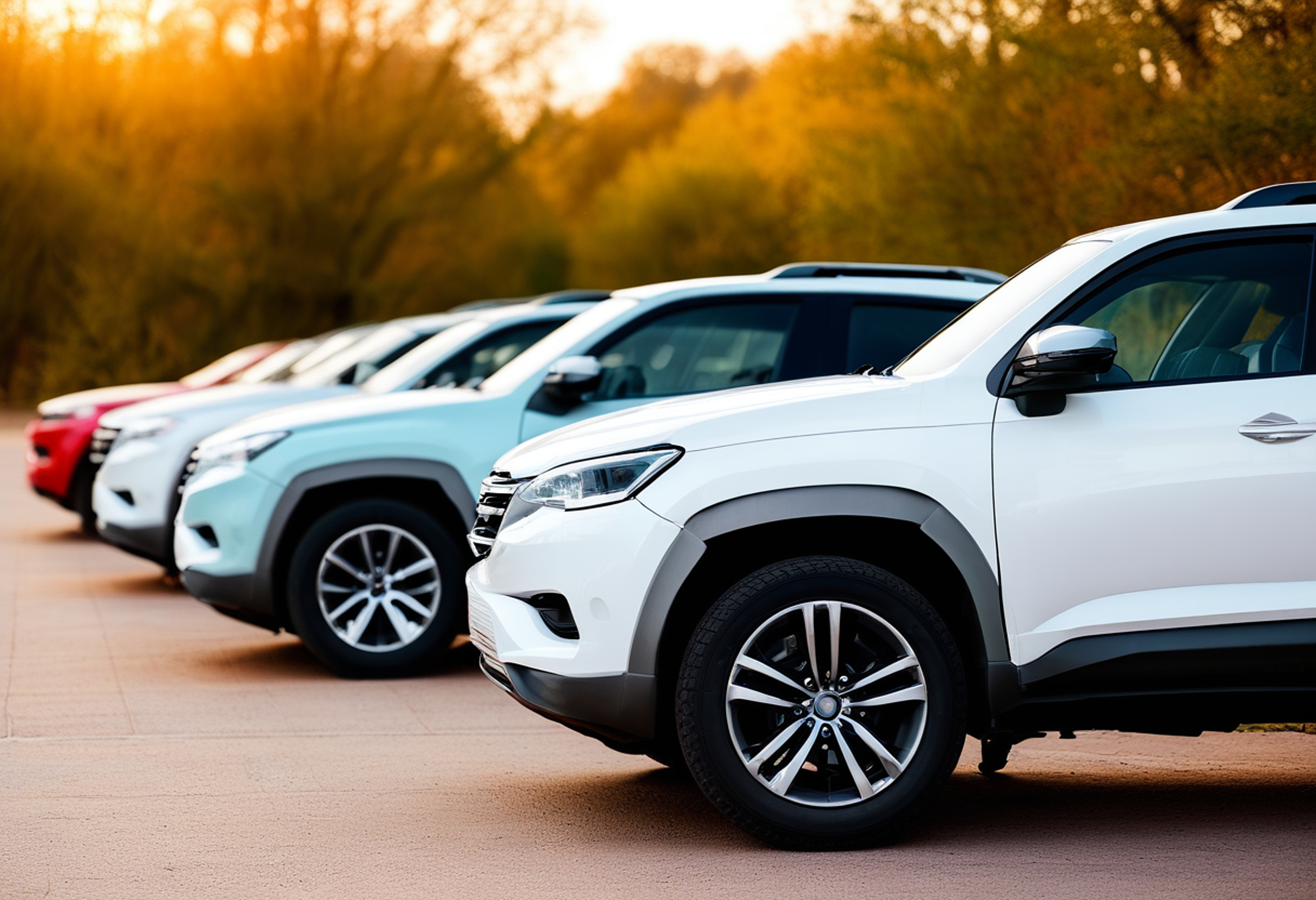The impact of crossovers on the market
Share
Share

The rise of crossover utility vehicles (CUVs) is reshaping the automotive landscape, impacting everything from market preferences to the average age of vehicles on the road, according to an industry expert.
From 2010 to 2014, just five CUV models accounted for 50 per cent of the segment, underscoring the significant market share these vehicles have gained. Now you can find many CUV options on top-selling vehicle lists, said Todd Campau, associate director of the aftermarket at S&P Global Mobility, highlighting the growing dominance of CUVs and their impact on vehicle age trends.
Consumer preference has steadily shifted toward CUVs, shaping both the new vehicle market and the average age of the fleet, he explained during his General Session presentation at AAPEX 2024.
As for the popularity of CUVs affecting the average age of vehicles, Campau explained the impact.
“The average age of light trucks in the U.S. is currently 11.9 years, while the overall average age of the fleet is 12.6 years,” Campau shared. He clarified that this doesn’t mean cars last longer than trucks but rather reflects the disparity in replenishment rates between cars and trucks.
He further explained that this trend is directly tied to the pipeline of vehicles entering and leaving the market.
“Right now, the inbound pipeline of new cars coming in is smaller than the ones leaving,” Campau explained. “There’s not enough cars replenishing the fleet for that average age to stay down.”
And this has an impact on new vehicle technology entering the vehicle fleet. For there to be a large enough change in the types of vehicles the aftermarket is seeing, the pace of change has to be sustained for a long time to impact a fleet of more than 300 million between the U.S. and Canada.
So with only about five per cent of vehicles being replaced annually, the vast majority remain on the road, meaning that emerging technologies take years to significantly influence the makeup of the fleet.
He tied it back to average vehicle age, noting that this trend will persist for another four to five years, with passenger cars losing market share until reaching equilibrium. At that point, the average age of cars could stabilize or even decline slightly as replacements keep pace with retirements.
“Once we’re through this point in time, I think it’ll definitely level out, if not decline,” he predicted of vehicle average age.
Leave a Reply